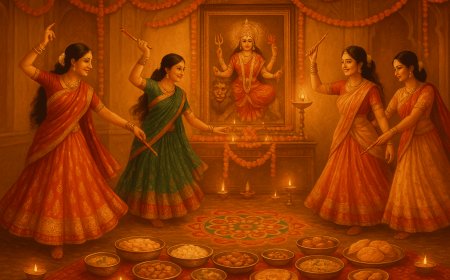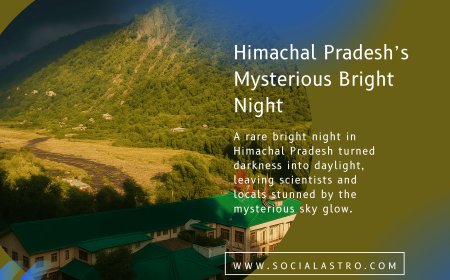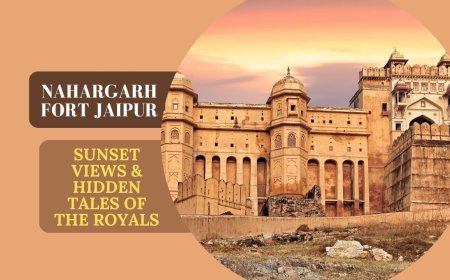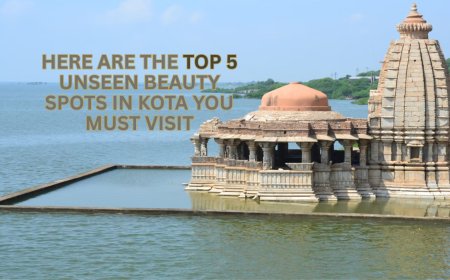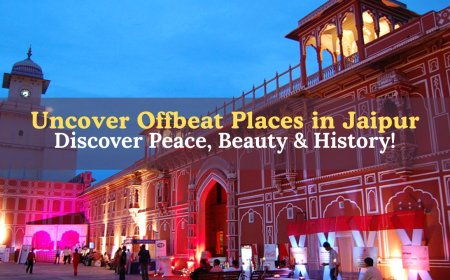Amber Fort Jaipur: A Complete Guide to Rajasthan’s Golden Fortress
Amber Fort Jaipur: Explore Rajasthan’s Golden Fortress with history, Sheesh Mahal, Suhag Mandir, light & sound show, entry timings & travel tips.

-
Introduction
You absolutely can't miss Jaipur's breathtaking UNESCO-heritage hill-top fort if you're going to Jaipur: Amber Fort Jaipur. This is Rajasthan's Golden Fort, a Rajput symbol of beauty, architectural splendor, and a fairy-tale past of warriors, queens, and kings.
In this comprehensive guide, you will find all about the history of the fort, top sights such as Sheesh Mahal and Diwan-e-Aam, practical information including timings, tickets, and transportation, as well as expert photography and tourist tips. First-time visitor or returning again, this Amber Fort guide will help you get the most out of your vacation.
-
History and Legends of Amber Fort Jaipur
Amber Fort, Jaipur, has a past going back a few centuries. Amber Fort Jaipur was the town of Amer, the capital of the Kachhwaha Rajput kingdom, and it was nicely placed.
Construction on what we now mainly observe as the Amber Fort began towards the end of the 16th century during Raja Man Singh I's reign.
The fort was further developed and enhanced by later rulers, including Sawai Jai Singh II, when he relocated the capital to modern Jaipur in 1727.
Myth shrouds the fort in mystery: its placement atop the hill overlooking the shining lake (Maota Lake) did not so much position it safely, but quite aesthetically too. The structure fuses Hindu and Mughal design, mashing together Rajputana haughtiness and Mughal suzerainty.
Within the complex is one of the less-trodden-about monuments by tourists, the Shila Devi Temple (also referred to as Suhag Mandir), constructed in 1604 CE by Raja Man Singh I, who dedicated it in reverence of the goddess Durga in her fury incarnate form. The temple adds a depth of religiosity to the fortress, and "suhag mandir" (temple of marital devotion) occasionally turns up in tourist descriptions of the fort's inner temples.
In brief: Amber Fort isn't a monument; it's a living heritage of power, art, religion, and defense all rolled into one.
-
Must-See Attractions Inside the Fort
When one is visiting the Amber Fort in Jaipur, there are lots of places that you simply must make time for. These are some of the pearls:
-
1. Sheesh Mahal (Mirror Palace)
One of the fort's jewels is its Sheesh Mahal, the Mirror Palace. The thimsy refinement of thousands of tiny pieces of mirror that line walls and ceilings produces a wizardry feeling when suddenly a light (or torch) falls across them in darkness. Visitation of this room brings one to awe at the workmanship and symbolism. Amber Fort's history pages pride their superiority in art.
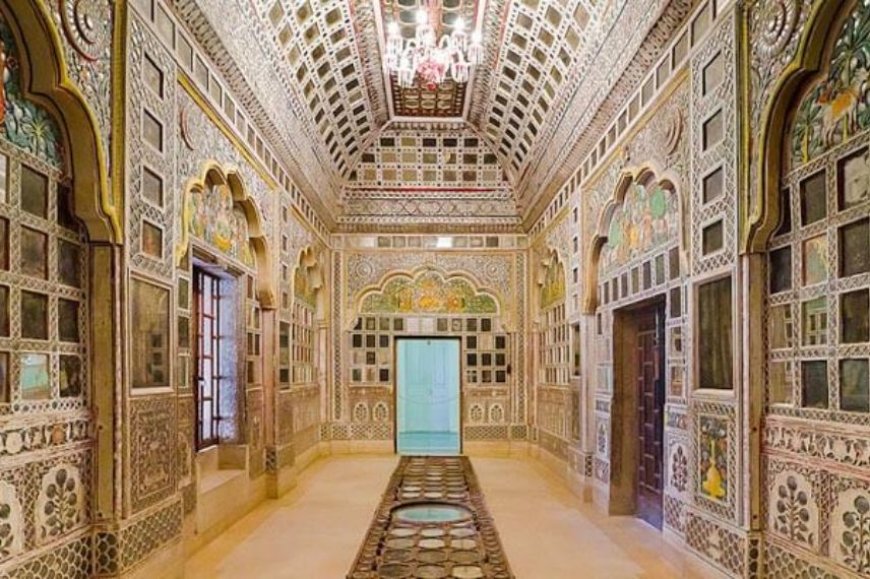
Image Credit: Jaipur Tourism
-
2. Diwan-e-Aam (Hall of Public Audience)
The second most important part of the fort is the Diwan-e-Aam, the public reception hall where the king accepted petitions and addressed the general populace. Built with elegant columns and elephant capitals, the hall gives a peek into the politico-social life in the past.
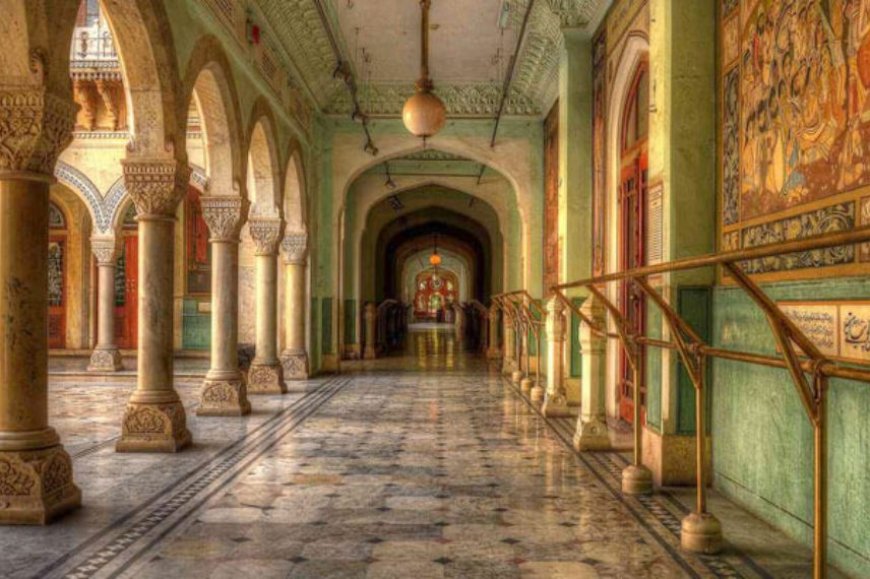
Image Credit: Jaipur Tourism
-
3. Suhag Mandir
Suhag Mandir (Shila Devi Temple): As mentioned earlier, it is inside the fort, offers a devotional component, and is a temple art and culture lover's place to visit.

Image Credit: auchitya.com
-
4. Ganesh Pol
Ganesh Pol: A majestic entry to personal palaces, rich in frescoes and with a Ganesh statue, a traditional symbol of auspicious entry.
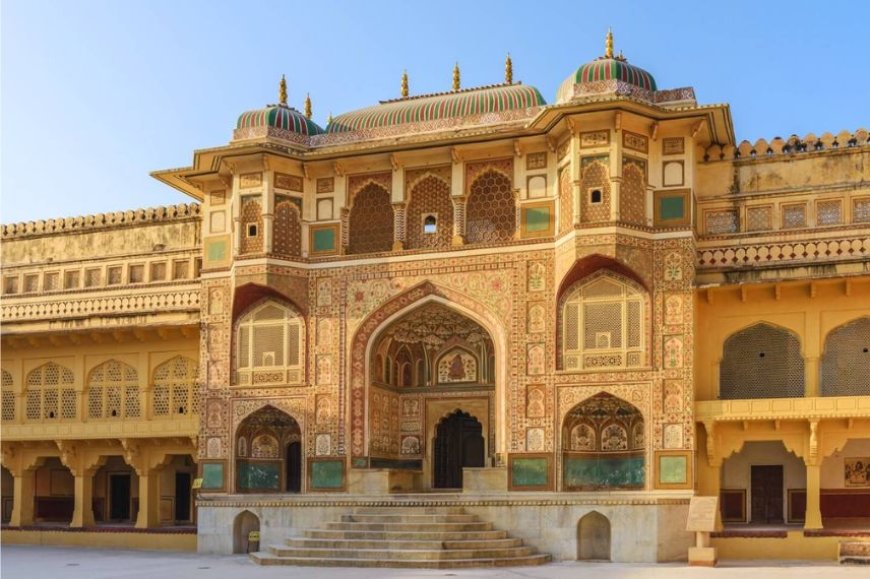
Image Credit: Jaipur Tourism
-
5. Light & Sound Show
Light & Sound Show: It's lit up at dusk, and the history of the fort is re-enacted in laser light and sound, a completely different experience from the daytime tour.
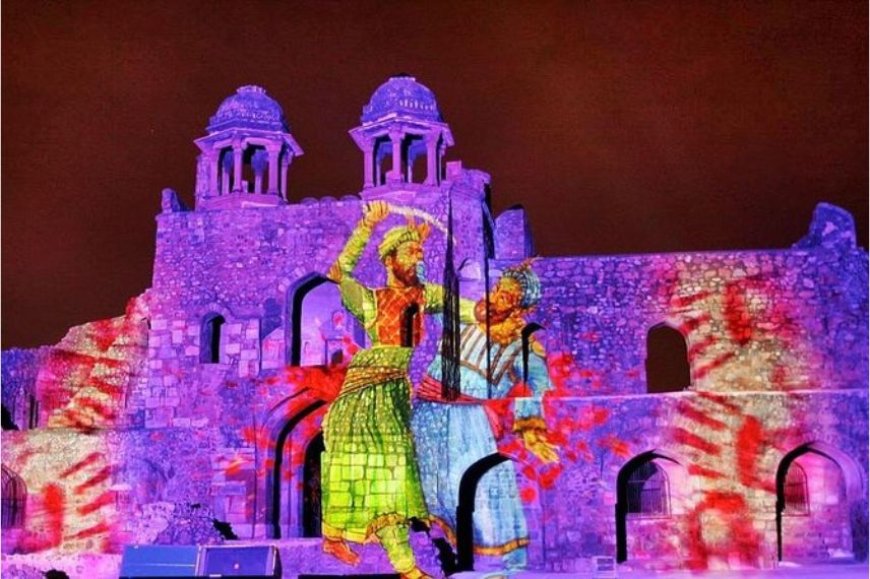
Image Credit: Tripadvisor
-
-
Entry Timings, Ticket Cost & How to Reach
Entry & Ticket Price
The following are typical practical information for your journey to Amber Fort, Jaipur:
-
Normal visiting hours: around 8:00 AM to 5:30 PM every day.
-
Evening visits/light & sound show sessions begin later (around 6:30 PM or 7:30 PM, based on season).
-
Entry ticket price:
-
-
Indian adults: around ₹100 (changes)
-
Foreign adults: around ₹500 (changes)
-
Light & sound show: around ₹200 for the English show and ₹100 for the Hindi show.
-
-
Voluntary charges for additional activities (refer section below for the elephant ride).
How to Reach:
-
The fort complex is in Amer, around 11 km from central Jaipur.
-
Approachable by car/taxi or auto-rickshaw from the city of Jaipur. Public transport buses are also available from Ajmeri Gate and MI Road.
-
There is a gradient from drop-off/parking to the entrance of the fort; everyone prefers to arrive early morning to avoid the crowd and sun.
-
-
Tips for Tourists & Photography Points
Make your Amber Fort Jaipur visit hassle-free and photo-worthy with these intelligent travel and photography tips:
-
Early Morning: Arrive early, prior to 10 AM, for good weather, fewer tourists, and amazing panoramic views from the ramparts.
-
Comfortable Attire: Dress lightly and wear comfortable footwear — staircases and corridors in the fort require long walks.
-
Hydrate: Bring water, sunscreen, and a hat. The sun in Rajasthan can be strong in the middle of the day.
-
Capture the Golden Light: The golden sandstone of the fort is stunningly lit by the morning sun — great for wide shots.
-
Take a Tour of the Sheesh Mahal: Mirrors reflect every beam of light inside — play with natural light or a flash for dramatic mirror photos.
-
Maota Lake Viewpoint: Don't miss the timeless perspective of the fort reflected in the lake below — sunrise or sunset works.
-
Amber Fort Light & Sound Show: Plan to arrive 25–30 minutes ahead of the best seats and grab a photo of the lighted fort shining at dusk.
-
Pair UNESCO Sites: Combine your visit with other Jaipur UNESCO sites, since the Amber Fort is on the Hill Forts of Rajasthan listing.
-
-
Conclusion
Amber Fort Jaipur is a fort, but also a living canvas of history, art, religion, and spectacle. From myth-suffused corridors of Sheesh Mahal to the dazzling reception hall of Diwan-e-Aam, from the devotional atmosphere of the Suhag Mandir/Temple inside its enclave to the magical night-time drama of the Amber Fort light and sound show - this place has depth of experience. Through practical time management of timings, tickets, accessibility, and photography, you can unleash the whole magic of this golden fortress.
Whether you are a history buff, a photography enthusiast, or merely a sightseer seeking pomp and majesty, the Amber Fort Jaipur guide above has it all. Don't just whizz past - slow down, drink in the stories chiseled in stone and glass, and be transported back in time by the fort's timeless loveliness to Rajasthan's imperial history.
What's Your Reaction?
 Like
0
Like
0
 Dislike
0
Dislike
0
 Love
0
Love
0
 Funny
0
Funny
0
 Angry
0
Angry
0
 Sad
0
Sad
0
 Wow
0
Wow
0
